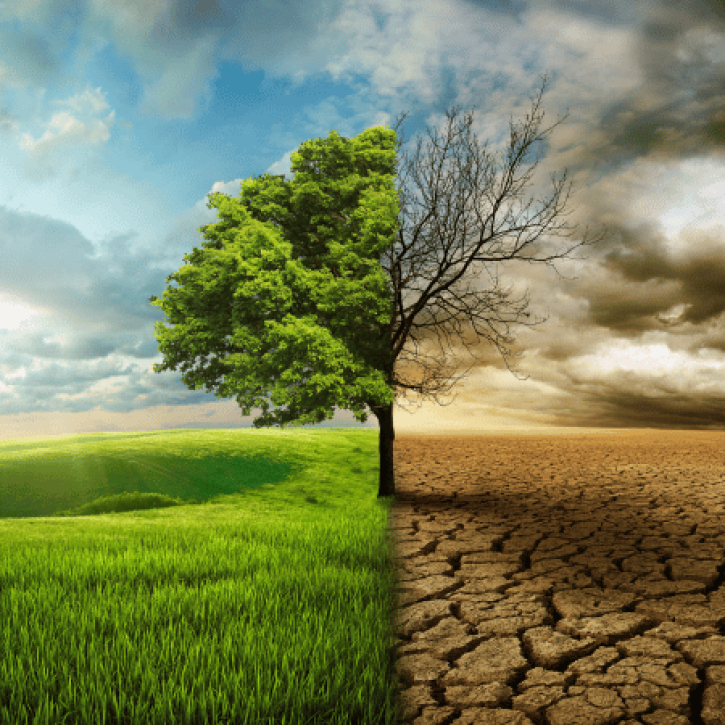

Post-Graduate Student Showcase 2024
LOCATION
University of Edinburgh
Institute of Geography
University of Edinburgh
Drummond Street
Edinburgh EH8 9XP
This meeting will take place as a hybrid meeting so both in person or virtual attendance is available.
Each talk will last for 30 minutes. The first speaker will be Alice Lake who will give her talk by a pre-recorded video and there will be no opportunity for asking questions. Phoebe Noble will be in the lecture theatre and her talk will start soon after 6:30 pm and there will be questions afterwards. The venue is the Institute of Geography, University of Edinburgh, Drummond Street, Edinburgh EH8 9XP. Tea and biscuits will be served from 5:30 pm. Those viewing the lectures remotely can join from 5:50 pm using Zoom and the event will start promptly at 6 pm. Would all those attending, whether in-person or remotely, register for the event on www.rmets.org. Please note that joining instructions will not be provided unless you have registered.
Speakers
ABSTRACT PHOEBE NOBLE
Analogous to ocean waves, there are perturbations in our atmosphere known as gravity waves. Although small-scale, gravity waves are key drivers of atmospheric circulation. Understanding their sources and propagation is key to improving weather and climate models.
Gravity waves have a variety of different sources including wind flow over mountains, convection, and jet stream instabilities. Yet when working with observations of gravity waves we can only make informed guesses of their sources. In this work we use GROGRAT (Gravity-wave Regional Or Global Ray Tracer) to backwards ray trace stratospheric observations of gravity waves to learn more about their origins.
We use observations of temperatures in the stratosphere observed by the AIRS (Atmospheric Infrared Sounder) instrument on NASA’s Aqua satellite. Observed gravity waves are then backwards ray traced through the ERA5 atmosphere. By investigating the lowest traceable altitude of these rays, we can attribute the gravity waves to their sources (orographic gravity waves will originate near the surface whilst convective waves will have a higher origin). This work aims to answer the question: “Where do gravity waves observed in the stratosphere come from?”
ABSTRACT ALICE LAKE
For more than 35 years the Met Office has been delivering key road weather information to infrastructure decision-makers across the United Kingdom, allowing them to anticipate and react to road weather hazards and thus reduce risk to members of the public. Currently, these are generated using a bespoke surface energy exchange scheme which takes forecast outputs from numerical weather prediction (NWP) models and produces deterministic predictions of the state - for example, dry, damp, or icy - of the road surface. However, despite significant increases in forecasting capabilities over the past decades, certain meteorological conditions remain difficult to precisely forecast. A small error in the predicted location of a cloud, or the timing of a rain shower, can have a significant impact on the predicted road surface state. Therefore, the Met Office is currently developing a new Surface Transport Forecasting (STF) system designed to make use of NWP ensemble output, allowing us to move towards probabilistic, risk-based forecasting. The new STF post-processing system is centred on the Joint UK Land Environment System (JULES), a community model used as the land-surface component of the Met Office Unified Model (UM), but which can also be used – as we do here – as a stand-alone land-surface model. Since JULES was originally developed to describe soil-vegetation-atmosphere interactions, we have had to make several modifications to the physics of the model to allow us to use it for the bespoke purpose of generating site-specific surface transport forecasts. In this talk, I will detail the science development we have undertaken to develop an STF model within JULES. I will describe how we are using output from the Met Office regional ensemble model MOGREPS-UK to allow us to generate probabilistic forecasts. Finally, I will discuss how this work will allow us to support the future of surface transport forecasting, particularly the emerging Connected and Autonomous Vehicle Sector.
Registration
REGISTRATION IS NOW CLOSED
Registration for this event is closed.
If you have any queries with regards to this event or require any further information please contact us at meetings@rmets.org.
We take data privacy seriously. Please read the RMetS privacy policy to find out more.
 The Royal Meteorological Society has a number of local centres across the UK, where meetings are held throughout the year. The Scotland Local Centre are currently hosting monthly meetings which can be attended in person or virtually. For further information on the local centre, upcoming events or to be added to the mailing list, please contact scotland@rmets.org.
The Royal Meteorological Society has a number of local centres across the UK, where meetings are held throughout the year. The Scotland Local Centre are currently hosting monthly meetings which can be attended in person or virtually. For further information on the local centre, upcoming events or to be added to the mailing list, please contact scotland@rmets.org.
This meeting will take place as a hybrid meeting so both in person or virtual attendance is available.
Each talk will last for 30 minutes. The first speaker will be Alice Lake who will give her talk by a pre-recorded video and there will be no opportunity for asking questions. Phoebe Noble will be in the lecture theatre and her talk will start soon after 6:30 pm and there will be questions afterwards. The venue is the Institute of Geography, University of Edinburgh, Drummond Street, Edinburgh EH8 9XP. Tea and biscuits will be served from 5:30 pm. Those viewing the lectures remotely can join from 5:50 pm using Zoom and the event will start promptly at 6 pm. Would all those attending, whether in-person or remotely, register for the event on www.rmets.org. Please note that joining instructions will not be provided unless you have registered.
Speakers
ABSTRACT PHOEBE NOBLE
Analogous to ocean waves, there are perturbations in our atmosphere known as gravity waves. Although small-scale, gravity waves are key drivers of atmospheric circulation. Understanding their sources and propagation is key to improving weather and climate models.
Gravity waves have a variety of different sources including wind flow over mountains, convection, and jet stream instabilities. Yet when working with observations of gravity waves we can only make informed guesses of their sources. In this work we use GROGRAT (Gravity-wave Regional Or Global Ray Tracer) to backwards ray trace stratospheric observations of gravity waves to learn more about their origins.
We use observations of temperatures in the stratosphere observed by the AIRS (Atmospheric Infrared Sounder) instrument on NASA’s Aqua satellite. Observed gravity waves are then backwards ray traced through the ERA5 atmosphere. By investigating the lowest traceable altitude of these rays, we can attribute the gravity waves to their sources (orographic gravity waves will originate near the surface whilst convective waves will have a higher origin). This work aims to answer the question: “Where do gravity waves observed in the stratosphere come from?”
ABSTRACT ALICE LAKE
For more than 35 years the Met Office has been delivering key road weather information to infrastructure decision-makers across the United Kingdom, allowing them to anticipate and react to road weather hazards and thus reduce risk to members of the public. Currently, these are generated using a bespoke surface energy exchange scheme which takes forecast outputs from numerical weather prediction (NWP) models and produces deterministic predictions of the state - for example, dry, damp, or icy - of the road surface. However, despite significant increases in forecasting capabilities over the past decades, certain meteorological conditions remain difficult to precisely forecast. A small error in the predicted location of a cloud, or the timing of a rain shower, can have a significant impact on the predicted road surface state. Therefore, the Met Office is currently developing a new Surface Transport Forecasting (STF) system designed to make use of NWP ensemble output, allowing us to move towards probabilistic, risk-based forecasting. The new STF post-processing system is centred on the Joint UK Land Environment System (JULES), a community model used as the land-surface component of the Met Office Unified Model (UM), but which can also be used – as we do here – as a stand-alone land-surface model. Since JULES was originally developed to describe soil-vegetation-atmosphere interactions, we have had to make several modifications to the physics of the model to allow us to use it for the bespoke purpose of generating site-specific surface transport forecasts. In this talk, I will detail the science development we have undertaken to develop an STF model within JULES. I will describe how we are using output from the Met Office regional ensemble model MOGREPS-UK to allow us to generate probabilistic forecasts. Finally, I will discuss how this work will allow us to support the future of surface transport forecasting, particularly the emerging Connected and Autonomous Vehicle Sector.
Registration
REGISTRATION IS NOW CLOSED
Registration for this event is closed.
If you have any queries with regards to this event or require any further information please contact us at meetings@rmets.org.
We take data privacy seriously. Please read the RMetS privacy policy to find out more.
 The Royal Meteorological Society has a number of local centres across the UK, where meetings are held throughout the year. The Scotland Local Centre are currently hosting monthly meetings which can be attended in person or virtually. For further information on the local centre, upcoming events or to be added to the mailing list, please contact scotland@rmets.org.
The Royal Meteorological Society has a number of local centres across the UK, where meetings are held throughout the year. The Scotland Local Centre are currently hosting monthly meetings which can be attended in person or virtually. For further information on the local centre, upcoming events or to be added to the mailing list, please contact scotland@rmets.org.





